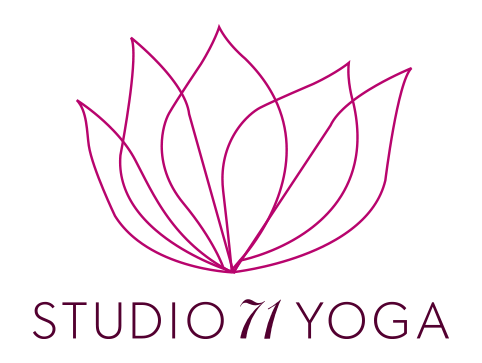During iRest yoga nidra—guided meditation for deep relaxation and healing—we first set an intention for our practice, acknowledge a heartfelt desire, and establish an inner resource.
The sankalpa—our personal intention and heartfelt desire—positively guides our life. It’s believed that a sankalpa can influence our thoughts, actions, and behaviour and help us achieve our goals. It’s experienced as a positive feeling, guiding us toward inner peace, harmony, and fulfillment.
From there, we observe, welcome, and engage various aspects of our waking existence, starting with the grossest form—the physical body—and then moving on through more subtle layers of being:
Body Sensing
Breath Sensing
Feelings/Emotions
Thoughts/Beliefs
Joy/Wellbeing
Awareness
About joy…
Near the end of my Tuesday morning iRest meditation class last week, a participant expressed gratitude for practicing “joy” and “the smiling heart”, emphasizing that I should incorporate it into every meditation.
The other participants, including myself, wholeheartedly agreed.
Interestingly, no one recalled that I included the same words about joy and the heart smiling every week, so I offered to review my weekly guided meditation scripts and report back.
Sure enough, several weeks in a row, Step 8—The Sheath of Joy—of each meditation script includes the same exact words as I guide participants into deeper and deeper states of relaxation:
“Be attentive to sensations throughout your body of pleasure, happiness, JOY, or wellbeing, or perhaps recall a particular event from your life that invites feelings of pleasure, JOY, or wellbeing into your body right now... welcoming whatever emerges, just as it is. Perhaps experiencing the sensation of JOY as an inner smile that radiates from your heart—THE HEART SMILING—and this smile of sensation expanding throughout your entire body... flowing out into your torso, arms and hands... down into the pelvis, legs, and feet... flowing up into the head and face... mouth, lips, and eyes smiling... the entire body smiling... radiant and alive with the feeling of joy or wellbeing, or a sense of being okay just as you are.”
It might be nice for you also to explore the smiling heart. Here’s a brief iRest yoga nidra guided meditation I’ve recorded for your enjoyment.
By the way, you can practice yoga nidra lying comfortably on the floor or sitting on a chair with open or closed eyes.
You don’t need any previous experience to practice iRest because there’s no right or wrong way to do this. Remain at ease, and follow my voice while letting your experience be as it is.
Once you’ve experienced the meditation, I’d love it if you’d let me know about your experience of “the smiling heart”. Click here to send me a message.
With heartfelt joy and gratitude,
Jeannine







